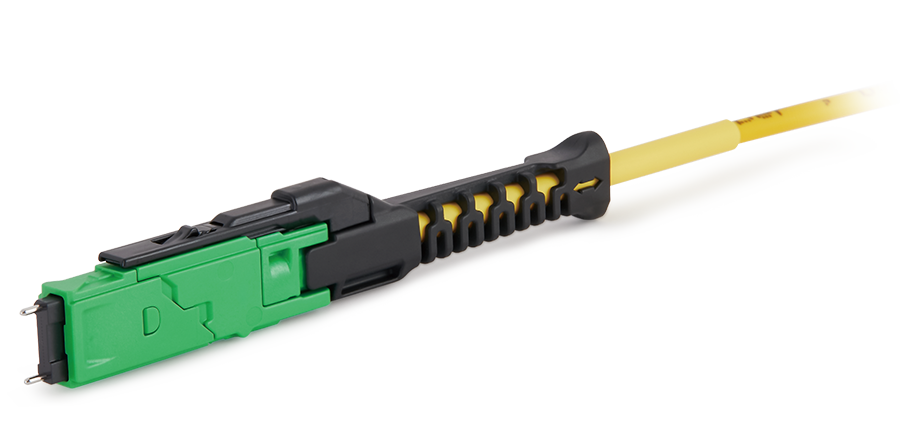The role of fiber optic transceivers
Fiber optic transceivers can extend the distance of Ethernet transmission and expand the coverage radius of Ethernet.
Using fiber optic transceivers to construct a network can save network investment.
Fiber optic transceivers make interconnection between servers, repeaters, hubs, and terminals faster.
Fiber optic transceivers have microprocessors and diagnostic interfaces, which can provide various data link performance information.
Are there any separate transmitting and receiving fiber optic transceivers?
When using fiber optic transceivers, many friends will encounter such questions:
Does fiber optic transceiver have to be used in pairs?
Are there any separate transmitting and receiving fiber optic transceivers? Or can any two fiber optic transceivers be used as a pair?
If fiber optic transceivers must be used in pairs, do they have to be the same brand and model? Or can any brand be combined?
Answer: Fiber optic transceivers, as opt-electronic conversion devices, are generally used in pairs, but they can also be paired with fiber optic switches or SFP transceivers. In principle, as long as the optical transmission wavelength is the same, the signal encapsulation format is the same, and they both support a certain protocol, fiber optic communication can be realized.
Generally, single-mode dual-fiber (normal communication requires two fibers) transceivers do not have separate transmitting and receiving ends and can be used as long as they are paired.
Only single-fiber transceivers (normal communication requires only one fiber) have separate transmitting and receiving ends.
Regardless of whether it is a dual-fiber transceiver or a single-fiber transceiver, they must be used in pairs, and different brands can be compatible with each other. However, the rate, wavelength, and mode need to be the same.
In other words, different rates (100Mbps and 1000Mbps), and different wavelengths (1310nm and 1300nm) cannot communicate with each other. In addition, even if a single-fiber transceiver and a dual-fiber transceiver of the same brand are paired, they cannot communicate with each other.


 Fiber Optic Flex Circuit (FOFC)
Advanced Simulation & Optimization, High Positioning Accuracy, Flexible Customization, Rigorous Reliability Testing
Fiber Optic Flex Circuit (FOFC)
Advanced Simulation & Optimization, High Positioning Accuracy, Flexible Customization, Rigorous Reliability Testing MDC Solution
US Conec's MDC connector is a Very Small Form Factor (VSFF) duplex optical connector, expertly designed for terminating single-mode and multimode fiber cables with diameters up to 2.0mm.
MDC Solution
US Conec's MDC connector is a Very Small Form Factor (VSFF) duplex optical connector, expertly designed for terminating single-mode and multimode fiber cables with diameters up to 2.0mm. MMC Solution
US Conec's Very Small Form Factor (VSFF) multi-fiber optical connector that redefines high-density connectivity with its cutting-edge TMT ferrule technology and intuitive Direct-Conec™ push-pull boot design.
MMC Solution
US Conec's Very Small Form Factor (VSFF) multi-fiber optical connector that redefines high-density connectivity with its cutting-edge TMT ferrule technology and intuitive Direct-Conec™ push-pull boot design. EN
EN
 jp
jp  fr
fr  es
es  it
it  ru
ru  pt
pt  ar
ar  el
el  nl
nl 




_and_High-Reflection_(HR)_Optical_Coatings.webp)
